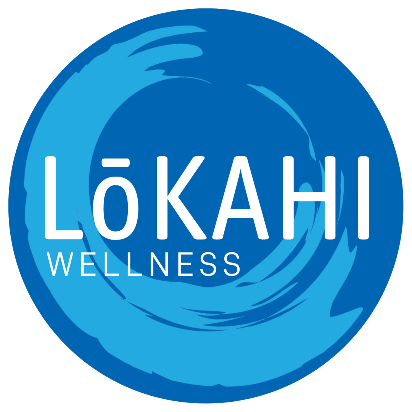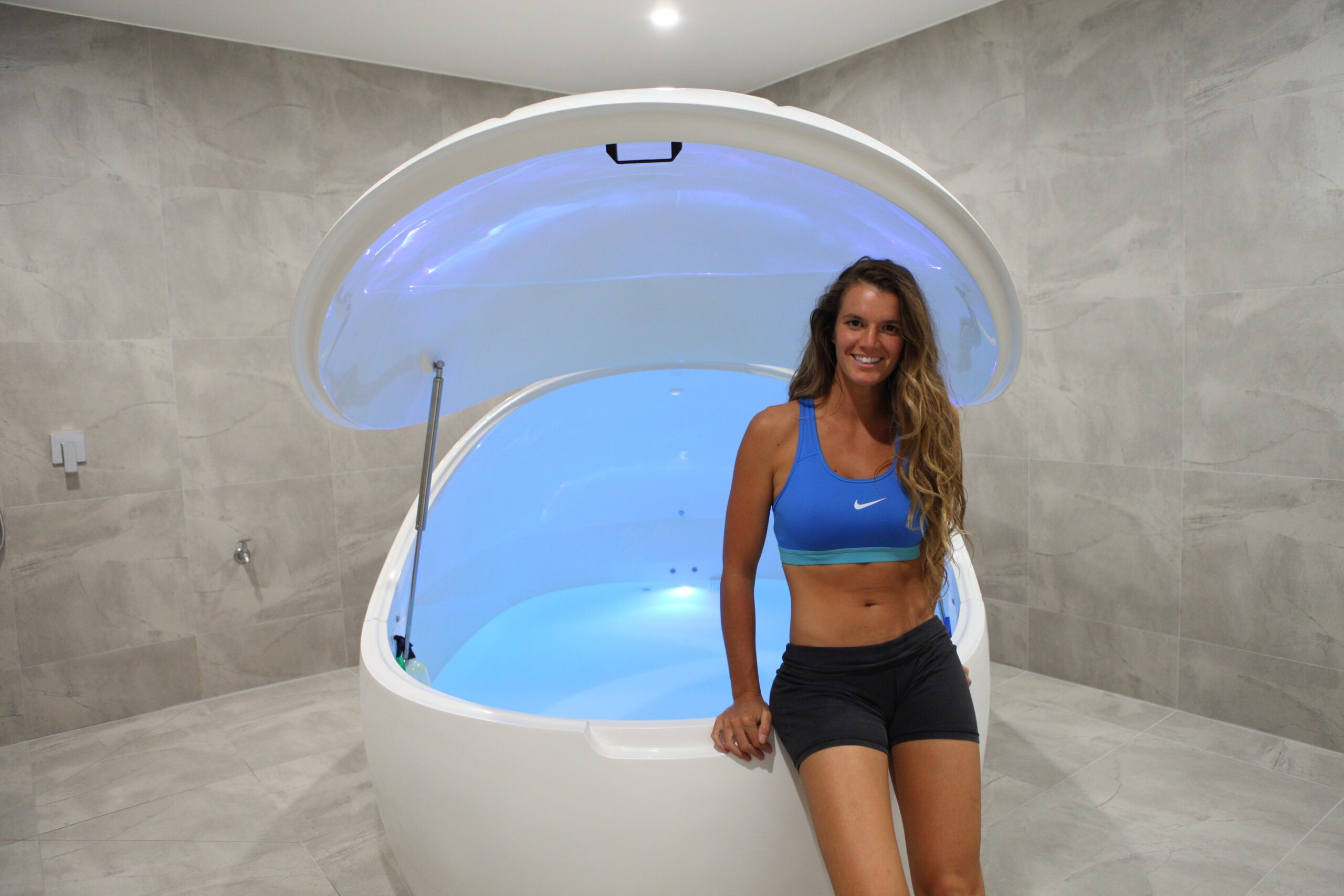Float tank therapy has gained immense popularity across Australia as people increasingly seek natural, holistic ways to relieve stress and improve their overall well-being. At the heart of this trend are float houses, which offer sensory deprivation tanks that allow users to experience weightlessness and mental stillness. This comprehensive guide explores everything you need to know about float tank therapy, including its benefits, who can benefit from it, and answers to frequently asked questions.
Float Tank Therapy: How It Works and Benefits Your Well-being
Float tank therapy, commonly referred to as sensory deprivation therapy, is an experience where individuals float in a soundproof, lightproof tank filled with a warm salt solution. The salt concentration allows the body to float effortlessly, creating a zero-gravity sensation. The salt solution is heated to match skin temperature, which further enhances the feeling of weightlessness.
In this environment, external stimuli such as noise, light, and even the sensation of gravity are removed. By eliminating these distractions, the body and mind can reach a deep state of relaxation and focus solely on the present moment. This can help calm the nervous system, ease muscle tension, and promote mental clarity.
How Does Float Tank Therapy Benefit the Body?
The floatation experience works wonders for the body in several ways:
- Muscle and Joint Relief: Floating in a zero-gravity environment helps alleviate pressure on muscles and joints. For individuals suffering from chronic pain, arthritis, or muscle soreness, float tank therapy offers a gentle and natural way to relieve discomfort. The floats are filled with 500kg of Epsom salts (magnesium), which is essential for muscle recovery. Magnesium is also proven to help with anxiety, depression, PTSD, restless legs syndrome, neuropathy (nerve pain), and insomnia.
- Reduced Stress and Anxiety: Float tank therapy can lower cortisol levels, the body’s stress hormone, leading to reduced feelings of anxiety and tension. The deep relaxation that comes from sensory deprivation also helps trigger the release of endorphins, the body’s natural painkillers and mood enhancers. The sensory deprivation component allows the body to get out of fight/flight response, reducing stress hormone overproduction.
- Enhanced Mental Clarity: By reducing external stimuli, float tank therapy provides the brain with a much-needed break. This mental “reset” can help improve focus, creativity, and clarity of thought. Many users report feeling mentally refreshed and more centered after their float sessions.
- Improved Circulation and Recovery: The weightless state during float tank therapy allows the circulatory system to function more efficiently. This improved circulation can speed up muscle recovery, making float tank therapy a popular choice among athletes and fitness enthusiasts looking to reduce recovery time after intense workouts.
What Does Float Tank Therapy Do to the Mind?
Float tank therapy isn’t just about physical recovery; it’s also a powerful tool for mental health. In the quiet, still environment of the float tank, the brain moves into a Theta wave state, which is typically associated with deep meditation and the early stages of sleep. This state can help reduce mental chatter, improve mindfulness, and promote a deep sense of calm and mental clarity. In fact, floating is often considered the equivalent of meditating for 4 hours in terms of its positive effects on the brain.
When we go about our daily activities, the brain predominantly operates in Beta wavelengths, which are associated with alertness, problem-solving, and often, stress. However, during a float session, as the external stimuli are eliminated and the body relaxes, the brain naturally shifts from the Beta state (stressed and alert) to the Alpha state, which is linked to relaxation and creativity. From there, it moves into the Theta state, which is a deeply meditative, restorative phase that promotes healing and heightened mental clarity.
Float Tank Therapy Offers Benefits for Everyone
Float tank therapy has broad appeal and can be beneficial for a wide range of individuals. Whether you’re an athlete looking for muscle recovery, someone battling stress or anxiety, or simply seeking an effective method to relax and recharge, float tank therapy offers something for everyone. Let’s explore who might find float tank therapy especially beneficial.
Athletes and Fitness Enthusiasts
One of the primary groups that benefit from float tank therapy are athletes and individuals who engage in intense physical activity. The buoyancy provided by the high salt concentration in float tanks takes the pressure off muscles and joints, allowing them to recover more efficiently. This is why many athletes incorporate float tank therapy into their recovery routines. The improved blood circulation and enhanced oxygen delivery help speed up muscle repair and reduce inflammation after workouts or injuries.
In fact, cryotherapy and float tank therapy are often paired by athletes to accelerate muscle recovery. The combination of these therapies can reduce soreness, improve range of motion, and even boost overall athletic performance.
Individuals Struggling with Stress, Anxiety, and Depression
The modern world is fast-paced, and chronic stress has become a common issue for many people. Float tank therapy provides an ideal escape from the constant bombardment of information and stimulation. The sensory deprivation aspect of float tanks allows the mind to quiet down, which can help manage stress and anxiety effectively.
Moreover, for those dealing with depression, float tank therapy has shown potential in reducing symptoms by promoting the release of endorphins and serotonin—the brain’s natural mood enhancers. In addition to its mood-lifting benefits, float tank therapy supports cellular rejuvenation by enhancing mitochondrial function, which plays a crucial role in energy production and overall well-being. It’s worth noting that combining float tank therapy with Red Light Therapy can further extend the lifespan of mitochondria, while CVAC (Cyclic Variations in Adaptive Conditioning) can stimulate the body to produce more mitochondria, enhancing the body’s capacity for cellular repair and recovery.
People Experiencing Chronic Pain
For individuals suffering from chronic pain conditions like fibromyalgia, arthritis, or back pain, float tank therapy can provide relief. By removing the sensation of gravity, float tanks reduce the strain on joints and muscles, offering a natural form of pain management. Unlike other pain relief methods, float tank therapy is non-invasive and doesn’t rely on medications, making it a holistic option for those seeking long-term solutions for pain.
Individuals Battling Sleep Deprivation
For those suffering from sleep deprivation or insomnia, float tank therapy offers a sanctuary for deep rest. The sensory deprivation allows the mind to enter a calm, meditative state, which can help reset the body’s natural sleep cycle. Many individuals report improved sleep quality after regular float sessions, as the therapy encourages deep relaxation, reduces anxiety, and lowers cortisol levels, all of which contribute to better sleep.
Who Should Avoid Float Tank Therapy?
- Individuals with Open Wounds: The high concentration of salt in the float tank can irritate open wounds. It is recommended to wait until any wounds have fully healed before trying float tank therapy.
- People with Kidney Disease: Individuals with kidney disease should get clearance from their doctor before using float tanks, as the high magnesium concentration may affect their condition.
- People with Insulin-Dependent Diabetes: It is essential for individuals with insulin-dependent diabetes to get medical clearance from their doctor before floating to ensure it is safe for them.
- People with Epilepsy or Seizure Disorders: Those with epilepsy or any seizure disorder require doctor clearance before floating. Additionally, it is recommended that someone accompany them during the session to ensure safety.
Preparing for Your First Float Tank Therapy Session
For many people, the idea of float tank therapy is intriguing but comes with a few uncertainties. How do you prepare? What should you expect? And what’s the actual experience like? In this section, we’ll walk through how to make the most out of your first float session and what you need to know to feel comfortable and relaxed.
Before Your Float Session
One of the best things about float tank therapy is that it requires very little preparation. However, there are a few things you can do to ensure a smooth and enjoyable experience:
- Avoid Caffeine and Large Meals: It’s a good idea to avoid stimulants like coffee or heavy meals for at least 1 hour prior to your session. Caffeine can make it harder to relax, and a large meal might make you feel uncomfortable while floating. Instead, opt for a light snack if needed and drink water to stay hydrated.
- Shower Before Entering the Float Tank: Hygiene is key before any float session. Everyone must shower before and after their float to ensure cleanliness and to remove oils, dirt, and other residues that could affect the quality of the salt solution. Showers are located in the float room, and towels, shampoo, conditioner, and body wash are provided.
- Remove Jewellery and Contact Lenses: To get the full benefits of the sensory deprivation experience, remove any jewellery or contact lenses that could distract you during your float.
- Plan for a Calm Post-Float Transition: After your session, give yourself time to transition back to the outside world. Many people report feeling deeply relaxed after a float, so you might want to avoid rushing back into a busy schedule. Consider planning some quiet time to reflect or journal about your experience.
During Your Float Session
The float tank is designed to be a comfortable, peaceful environment where you can fully relax. Here’s what you can expect during the session:
- Do You Wear Clothes During Float Tank Therapy?
Most people float nude to fully experience the weightlessness and sensory deprivation of the tank. The privacy of the tank ensures that you feel comfortable, but if you prefer, you can wear a swimsuit. - What Happens If You Fall Asleep During Float Tank Therapy?
Falling asleep in a float tank is not only common, but it’s also perfectly safe. The buoyancy of the salt solution keeps you afloat, and the environment is designed to support deep relaxation. Many people find that float tank therapy helps improve their sleep patterns even outside of the tank. - Does Your Hair Get Wet During Float Tank Therapy?
Yes, your hair will get wet during the session. It’s best to plan accordingly by bringing a hair tie, towel, or other post-session haircare items if necessary. - Why Do My Ears Crackle After Float Tank?
Sometimes, magnesium flakes from the salt solution can get trapped in your ears during a float session, causing a crackling sound afterward. Many float centres provide earplugs, which can help prevent this. The sound should go away on its own once the magnesium flakes dry out and evaporate from your ear canal.
Make Float Tank Therapy a Part of Your Wellness Journey
Float tank therapy offers a wide range of benefits, from physical recovery and pain relief to enhanced mental clarity and stress reduction. As you continue with regular sessions, you’ll become more attuned to the process, entering a state of relaxation more quickly and experiencing longer-lasting effects. Each float builds on the previous one, leading to deeper relaxation, improved mental focus, and overall better health.
Whether you’re an athlete, a busy professional, or someone in need of a peaceful retreat, float tank therapy provides a natural and holistic approach to improving your wellbeing. With its ability to calm the mind, soothe the body, and promote long-term wellness, float tank therapy can become an essential part of your self-care routine.
Ready to experience the transformative effects of float tank therapy? Book your first session today and take the first step towards a healthier, more balanced you. Visit our booking page to reserve your spot and start your journey towards relaxation and rejuvenation.


